Use this 3D Objects Worksheet to assist your students when learning about the properties of 3D objects.
Explore 3D Objects and Their Properties
This worksheet allows your students to identify a variety of common 3D objects and their properties. There are two versions of the resource, which are outlined below:
- Version 1 – Students must name the object, then record the number of faces, edges and vertices.
- Version 2 – Students must name the object, then record the number of faces, edges, vertices, flat surfaces and curved surfaces.
The 3D objects included in this worksheet are: cube, rectangular prism, cone, triangular pyramid, cylinder, square pyramid and triangular prism.
A Note About Cones and Cylinders
If you look at the answer sheet to this resource, you will notice the following properties are attributed to cones and cylinders:
- Cones – Faces (0), Edges (0), Vertices (0)
- Cylinders – Faces (0), Edges (0), Vertices (0)
If this seems strange to you, then please read on for an explanation!
In geometry, the following definitions apply for faces, edges and vertices:
- Face – A flat surface with straight edges.
- Edge – A straight line formed by two faces meeting.
- Vertex – The point where two or more edges meet.
According to these definitions, a cone has no faces, edges or vertices. It has one flat surface, one curved surface and one apex.
Similarly, according to these definitions, a cylinder has no faces, edges or vertices. It has two flat surfaces and one curved surfaces.
Download Your Preferred File Format
Use the dropdown menu next to the Download button to choose between the editable Google Slides and the quick-print PDF version of this resource.
As this resource includes answer sheets, we recommend printing one version of the entire file, then removing the student worksheets for photocopying.
Click below for more great resources to assist you with teaching 3D objects to your students!
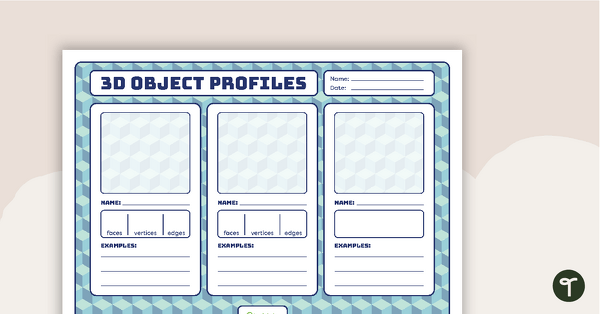
teaching resource
3D Object Profiles – Template
Draw, name and describe the features of 3D objects with this profiling template.
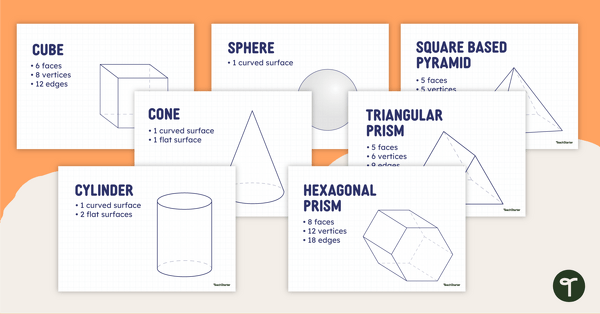
teaching resource
3D Objects Poster Pack
Learn the names and properties of some common 3D shapes with this set of classroom posters.

teaching resource
Properties of Pyramids and Prisms - Posters
Learn the properties of pyramids and prisms with these classroom posters.
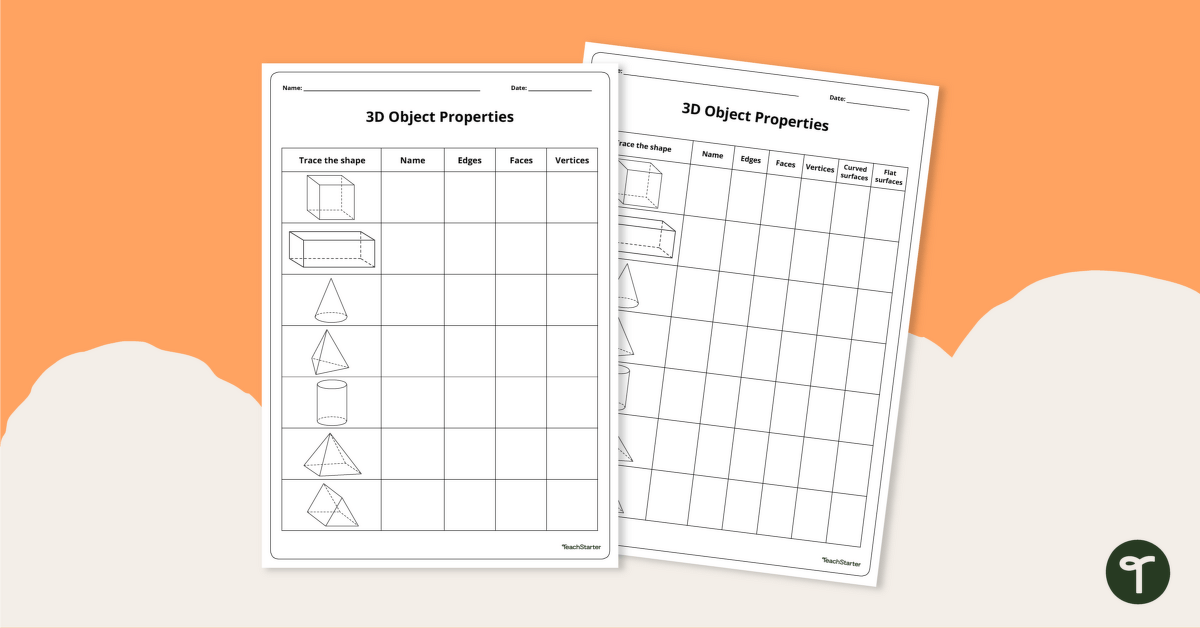

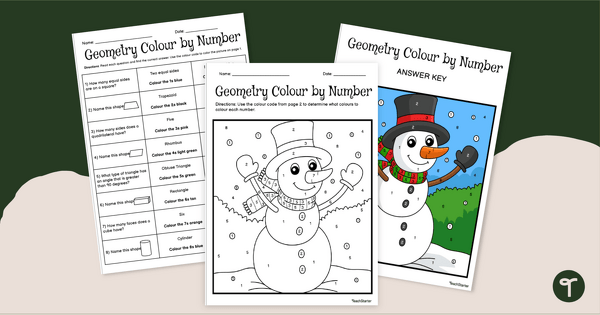

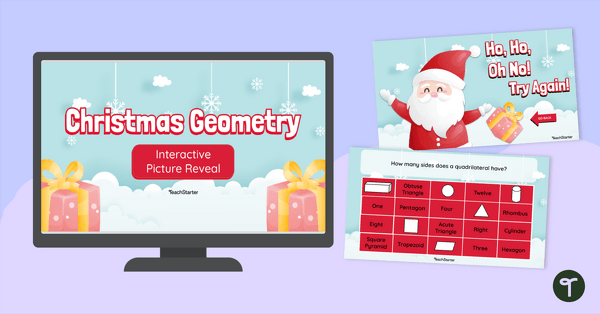




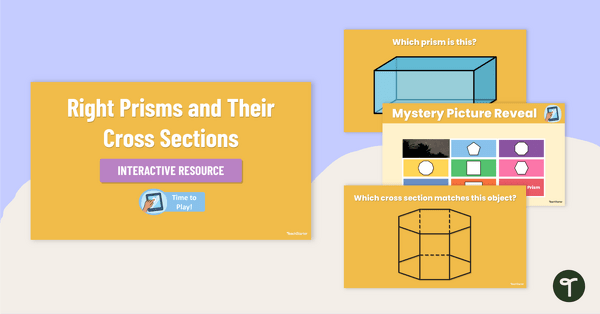
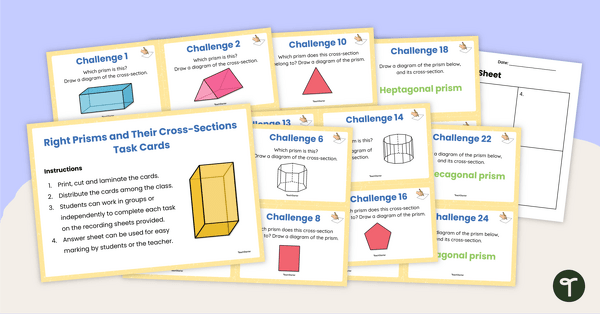
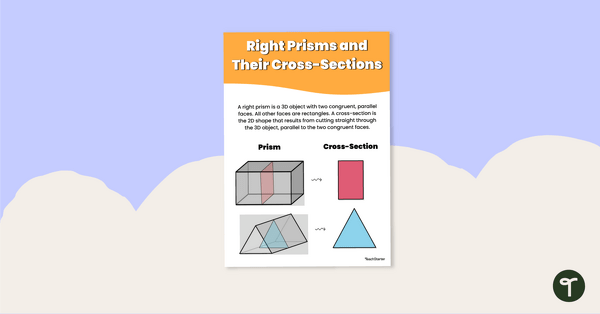
Hello, I wonder why you do not include the properties of the cone and the cylinder in this resource?
Hi Kylie-Anne, Thanks for your comment. I believe I understand what you are putting forward here. The properties of cones and cylinders remain a point of conjecture and we even have a blog about it! https://www.teachstarter.com/au/blog/cone-cylinder-debate/ If you have a suggestion for a change, you can submit a change request to this resource using the Changes & Updates tab above. This tab can be found near the comments section. Thanks again!